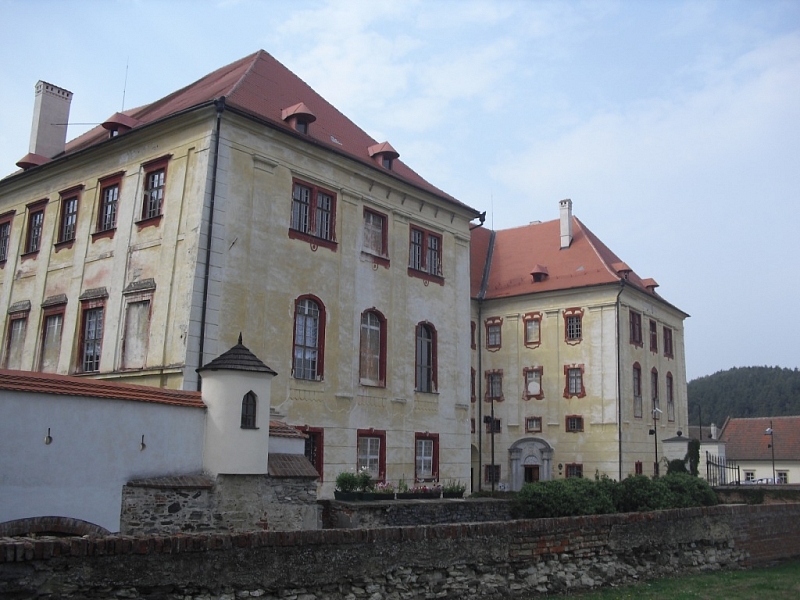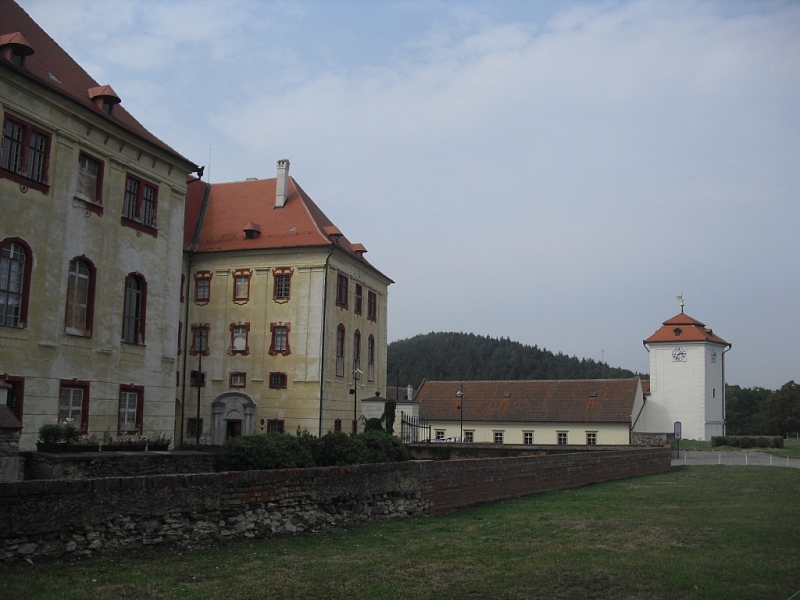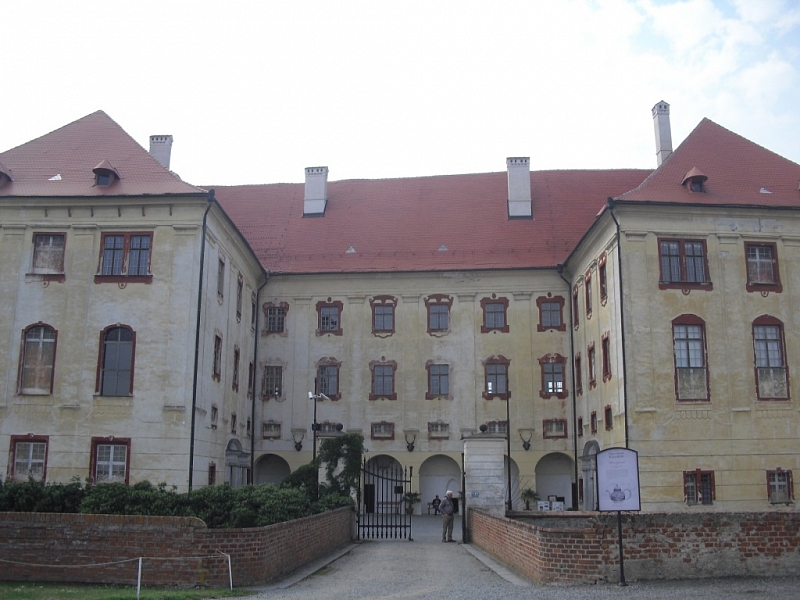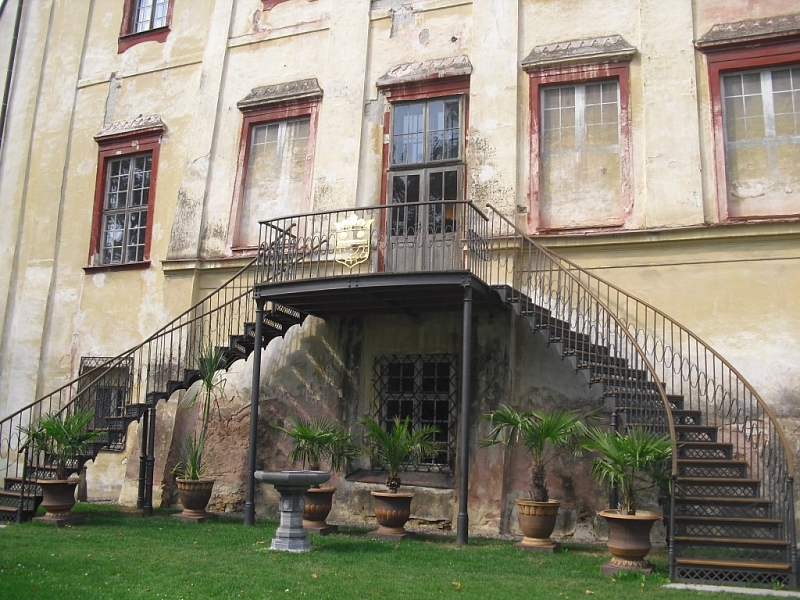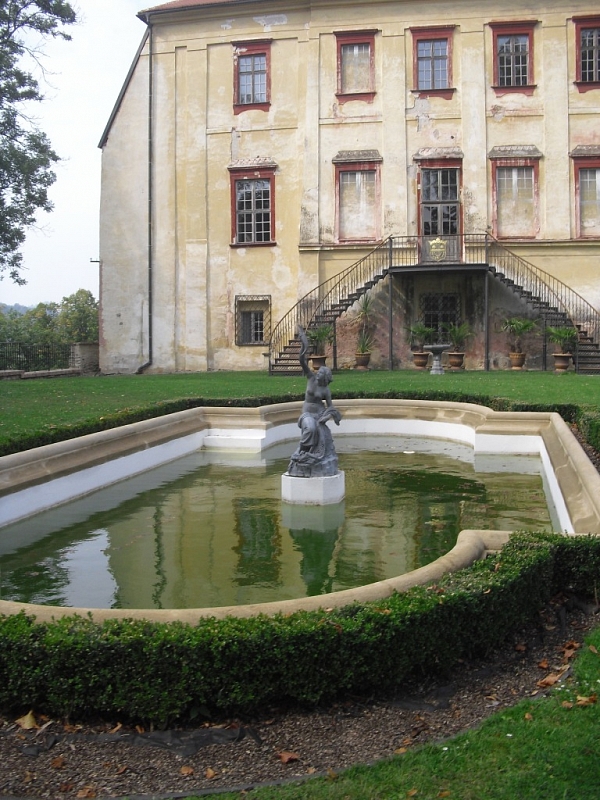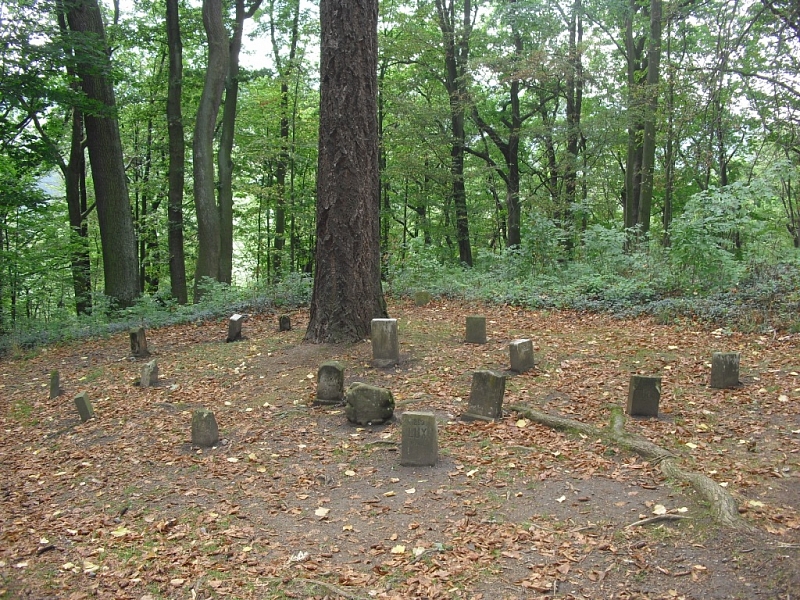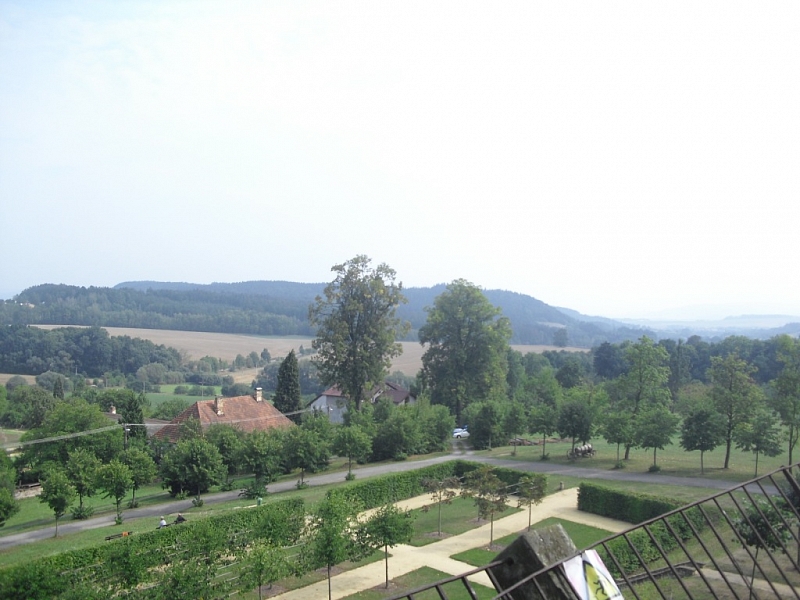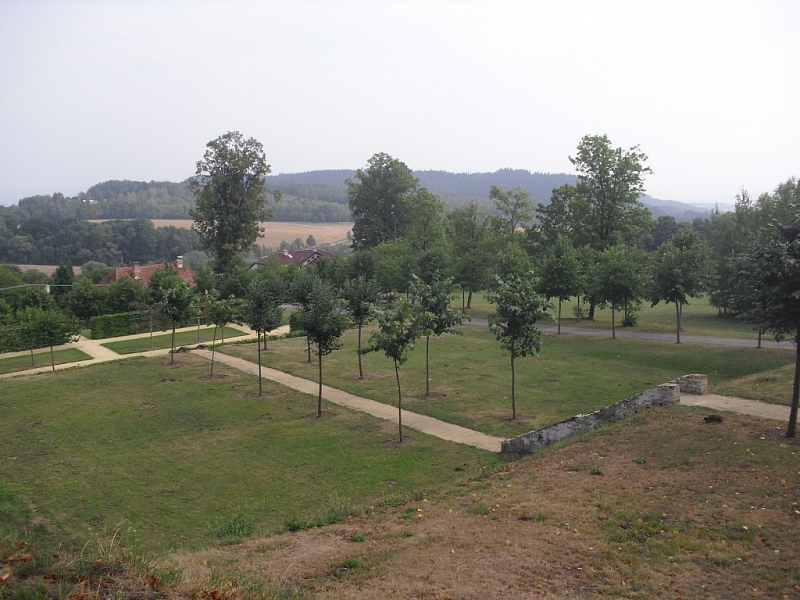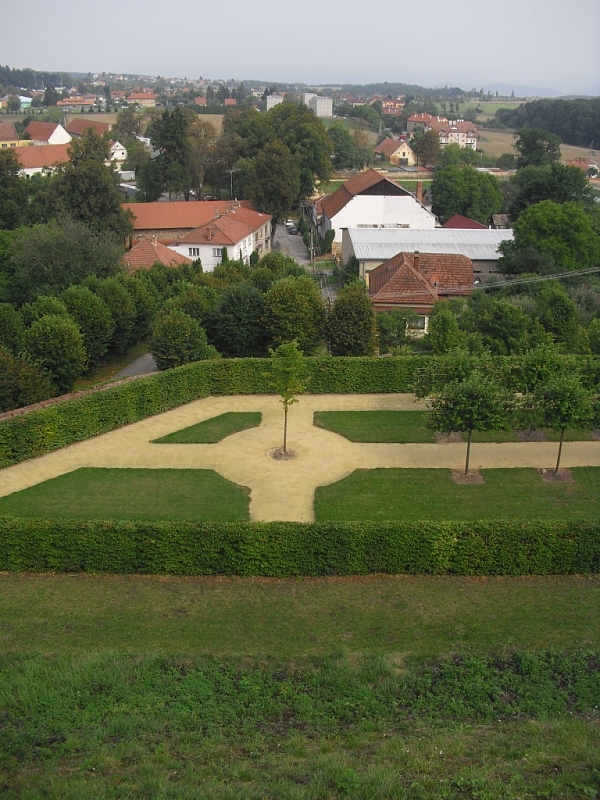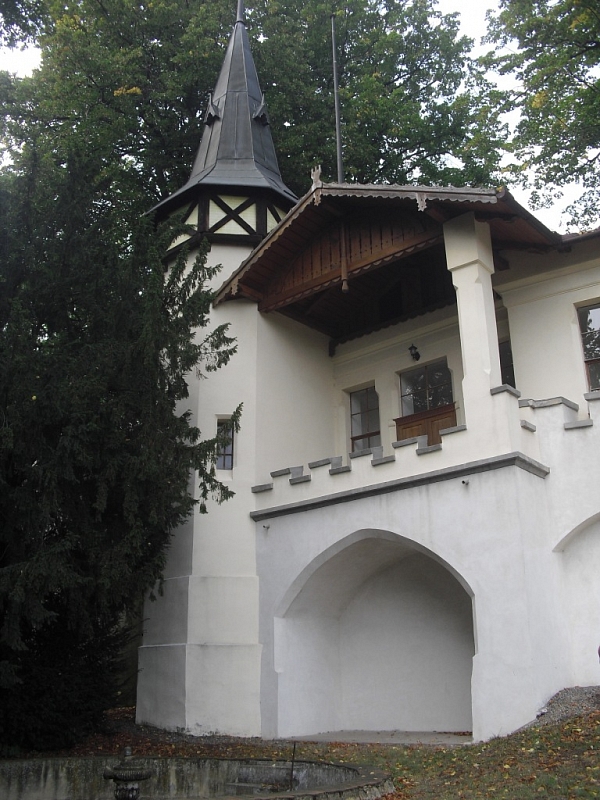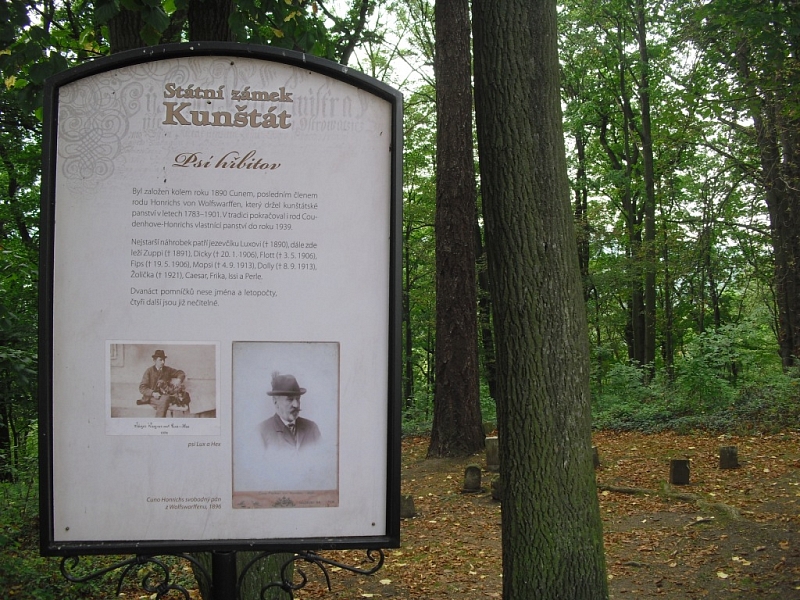Kunštát Castle
In the north of the South Moravian Region, on a hill above the town of the same name, Kunštát Castle rises. It is actually one of the oldest castles in our country, which was later rebuilt into today's castle. The first written mention of him dates back to 1279 and is connected with the person of Kuna from Zbraslav and Kunštát, who was a member of an important Moravian family. However, according to Romanesque elements on the building, his father Gerhard of Zbraslav probably started building the castle sometime in the first half of the 13th century. The Kunštát family held the castle in their ownership and gradually expanded it until 1521, when it was bought by Vilém of Poděbrady. Eight years later, the castle was acquired by Jan Černický from Kácov. He immediately began a major reconstruction, because the castle no longer met the demands of the nobility's lifestyle. Gradually, the form of an early Renaissance chateau was created. His sons Vilém and Arnošt then completed the reconstruction.
Information for visitors
Interesting facts Kunštát Castle
From 1680, the chateau underwent another extensive reconstruction under the baton of a new owner, Count Kašpar Friedrich of Lamberg. All three wings of the building were leveled in height, the facades were modified, a two-storey courtyard corridor was added and the interior was changed. The building thus acquired its current floor plan and shape and became a truly representative seat. However, the reconstructions were not over yet. At the turn of the 18th and 19th centuries, the chateau was imperially renovated by the free lords of Hornichs of Wolfswarffen. The last owners of the chateau were the Counts of Coudenhove-Hornisch, in 1948 the chateau was nationalized and served, for example, as a depository of the Moravian Provincial Archive in Brno. In 2005, after the necessary building modifications, the chateau could be opened to the public and has been popular since then.
The tour of the castle lasts about an hour and contains two floors of the southern count's wing. It shows the interior in the form in which it was used by the last aristocratic owners. Various exhibitions and similar events are held in the Dřevník castle complex. This space with a Renaissance and Baroque vault used to serve as a storage warehouse for castle stoves and fireplaces.
The chateau's Flower Garden was built in the middle of the 16th century on the site of an established castle moat. In the 1950s, it underwent modifications, when the original salla terrain on the south side was replaced by a neo-Gothic gazebo with a tower. In the middle of the garden was also dug a pool with a cast iron statue of a fisherman. The nobility got directly into the representative premises of the chateau from the garden via a two-arm cast iron staircase with a terrace. The facade of the chateau has been decorated with stairs since 1800.
There are also several interesting buildings or landscape elements in the vicinity of the Kunštát chateau, about which you will learn more thanks to information boards in the style of an educational trail. One such attraction is, for example, the Dog Cemetery, founded in 1890. There are a total of 16 monuments on it, twelve of which are still legible names and dates. You can go for a nice walk through a tangle of paths and trails in the castle grounds, which is inextricably linked with the history of the castle. The appearance of the eastern side of the hill, where there is an interesting terraced park, the so-called Habrůvka, is also related to the landscaping of the park from the 19th century.
Author: Martina Limbergová
